We picked up some of these blueberry/yogurt candies at Trader Joe’s, which didn’t really merit a mention until we looked at the ingredients list:
Well, now, that is interesting. The last ingredient in the list is red cabbage extract, “for color.” But… red cabbage is one of those pH-indicating substances (Link 1, Link 2), that happens to make a pretty good DIY version of litmus paper.
So… if these candies have red cabbage extract for color, do we really have litmus candy?
As they say, there’s one way to find out.
We put three candies each in three little dishes. (AKA “watch glasses,” for those of you reading this while wearing lab coats.)
(Note: We used the candies whole, but one thing to consider for faster results would be powdering the tablets.)
To each of the three dishes we added a not-very well controlled amount of water– a couple of tablespoons. To the left dish, we also added 1/2 teaspoon of baking soda, and to the right dish we added 1/2 teaspoon of white vinegar. The middle dish is our water-only control. The dish on the left– with the baking soda –is already starting to fizz a bit.
Fifteen minutes later, we’ve got non-vigorous bubbling in all three samples. Starting to see some color change.
After one hour the tablets had all softened (above) and we stirred them a bit.
After sitting for three hours, and gently stirred again, there’s a pretty clear difference between the candies exposed to baking soda versus vinegar. So it looks like the candies do actually work pretty well for a simple litmus test.
The middle sample, exposed only to water, turns out to be pretty clearly on the acidic side. Perhaps this is not entirely surprising, since our original ingredients list names three different acids. And perhaps that ingredients list is not coincidence: The cabbage extract is there to provide a particular red color, and the candies would be grey-green if they weren’t biased towards the acid. So when we look at the ingredients list and see that the color just comes from cabbage, that may not be entirely true– it’s conceivable that one or more of the acids in the ingredients list are also there to help steer the cabbage to the right color.




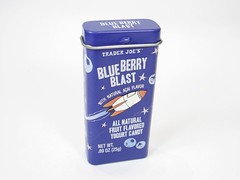
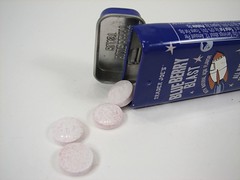
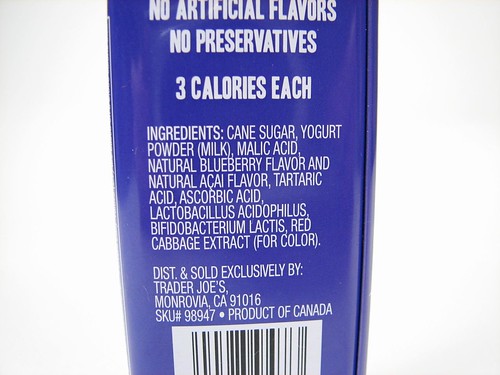
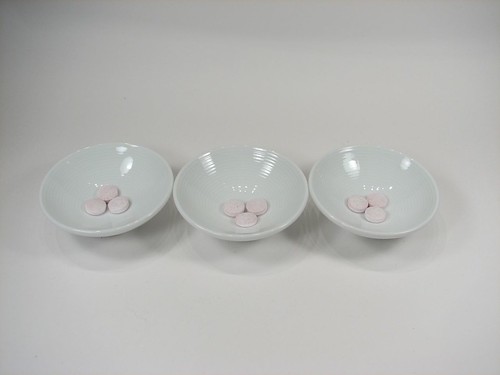
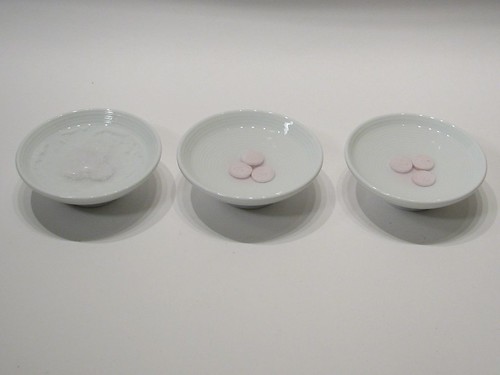
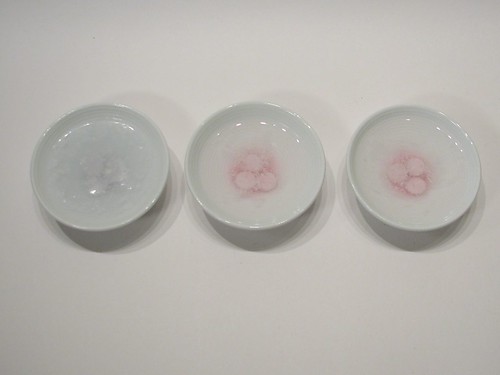

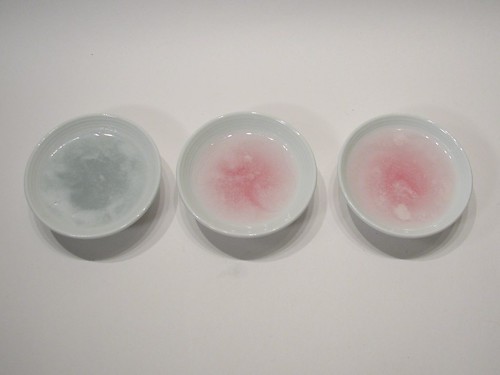
"(AKA "watch glasses," for those of you reading this while wearing lab coats.) "
I AM wearing a lab coat :D
lol!
i logged in just to say thanks for the laugh XD
That is Cool!!! Hey guess what!! I am in my P.J.s!!! And working on a current event essay about “Chocolate the comfort food, and water the heat pain response reducer”!!! check it out at http://www.sciencedaily.com/releases/2009/10/091013171229.htm
Thanks for pointing this out. I will definitely look for these next time I’m TJ’s. I miay be able to explain the plain water result. First, when carbon dioxide dissolves in water it forms carbonic acid so fizzy water (or even water that’s been sitting out for a while) is somewhat acidic. Also, indicator color changes take place over a pH range. For litmus (and red cabbage), the full blue color doesn’t appear until pH 8 or so.
Forgive the typos. It’s past bedtime.
I was hoping the candy had actual litmus in it extracted from edible lichens. (The link has two recipes for those interested in undertaking additional research.)
Since these are supposed to be blueberry candies, could the blueberry juice also have indicator-like properties? If so, what would be the acid color of that "indicator" and what would be its conjugate base color? Worth a try with some crushed blueberries!
I am not aware of any such properties of blueberries… but in any case, there’s no indication that having blueberry "flavor" means that theres any juice in these things. "Natural flavors" don’t have to even come from the thing that they are supposed to taste like.
—
Windell H. Oskay
drwho(at)evilmadscientist.com
http://www.evilmadscientist.com/
If the cabbage colour is from canada why do they spell colour wrong?